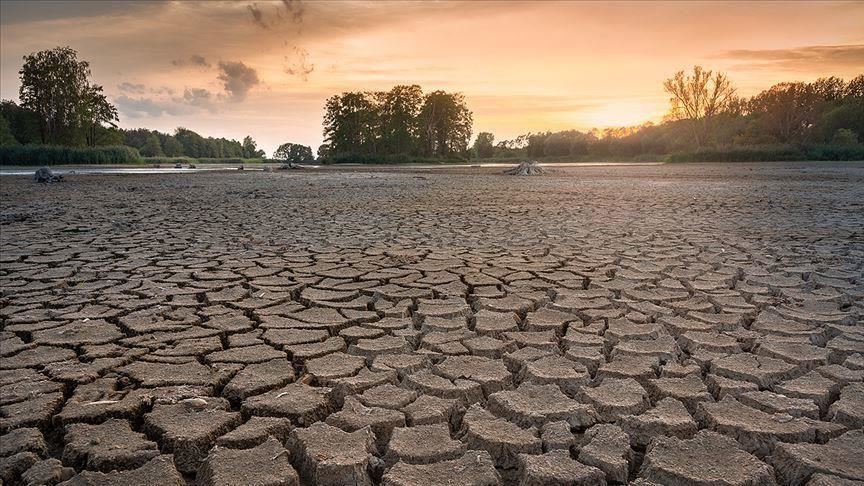UN wants action on climate change in 9 African nations
Southern Africa 'at the forefront of the climate crisis and facing the consequences of it first-hand', say UN agencies

ANKARA
More than 11 million people in nine southern African nations are experiencing “emergency levels of food insecurity” because of drought and climate crisis, a joint UN-affiliated report said Thursday.
UNICEF, Food and Agriculture Organization of the United Nations and the World Food Programme stressed the warning of the Regional Interagency Standing Committee Africa (RIASCO) that the number of people suffering crisis and emergency in the nine nations is likely to rise in coming months if humanitarian action is not implemented immediately.
In Zimbabwe, 3.58 million people are in danger. In Zambia, 2.3 million are estimated to be at crisis level or worse. In southern Angola, 1.6 million people are affected by drought with at least 562,000 in crisis or worse, according to the report.
“By September 2019, 1.6 million people in Mozambique faced difficulties in accessing food as a result of agricultural losses, internal displacement and destruction of infrastructure and livelihoods stemming from two cyclones that devastated in the country in March and April 2019. In southern Madagascar, 916,201 people are facing severe acute food insecurity,” it said.
It said southern Africa is currently “at the forefront of the climate crisis and facing the consequences of it first-hand.”
Documenting deaths in southern African states, the report said “climate shocks have exacerbated outbreaks of measles in several countries across the southern African region.”
The report highlighted the effect of droughts in southern African nations.
“The aggregate regional cereal output in 2019, including a production forecast for the winter wheat crops, to be harvested from October, is estimated to be nearly seven per cent below the 2018 production,” it said. “Production of maize, the main staple in the region, is estimated at nearly 10 per cent below the previous five-year average.”
“Livestock rearing and production—a key coping and resilience pathway and a contributor to national GDP in southern Africa—is also being impacted by reduced water availability and degradation of pastures, as well as increased outbreak of transboundary animal diseases. In the southern region of Angola, the drought has affected 2.2 million cattle and 1.2 million sheep, leading to the death of 27,767 animals,” the report added.
The report referred to a new disease affecting crop production for first time in northern Zambia.
“A new disease reported for the first time in northern Zambia, is presenting additional risks to crop production in the region,” it said, adding that “Macro-economic volatility, including high levels of inflation, rising unemployment and eroded household purchasing power have further compounded the high levels of food insecurity in several countries.”
In drought-affected parts in south Africa, a “growing number of traditional community water points have dried out or do not meet the minimum water demand, resulting in household water insecurity, lack of water in institutions (including schools and health facilities), depletion of watering points for agriculture and livestock which in turn increases unplanned migration of people and livestock.”
Anadolu Agency website contains only a portion of the news stories offered to subscribers in the AA News Broadcasting System (HAS), and in summarized form. Please contact us for subscription options.







